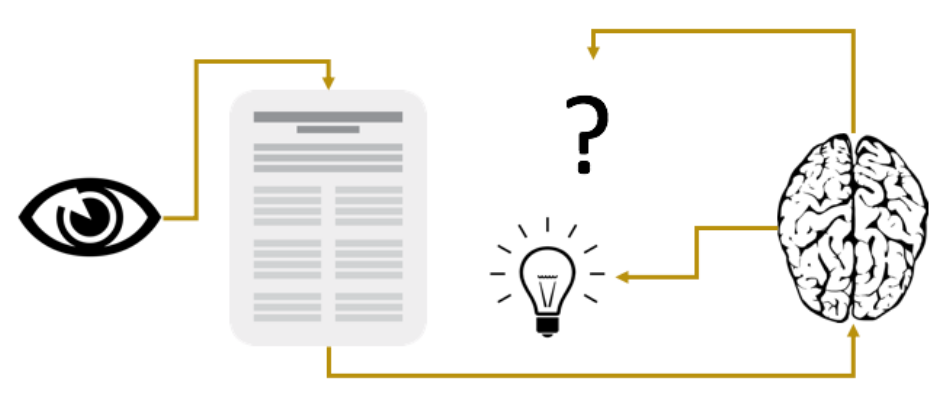Center for Excellence in Teaching and Learning
Kresge Library, Room 430
100 Library Drive
Rochester,
Michigan
48309-4479
(location map)
(248) 370-2751
[email protected]

How to Know They Read the Syllabus: Quiz Questions and Beyond
See this Teaching Tip as a 3-minute video.
This phrase expresses our frustration when students asking for information you have painstakingly provided in the designated course document. But let’s admit it: we are in a habit of glossing over long documents filled with policy language. So how can students be held accountable to the contentand understand its value to their success? Using a syllabus quiz has become a popular strategy, but there are additional authentic ways to make students adept syllabus navigators.
Write strategic syllabus quiz questions.
A multiple-choice syllabus quiz at least guarantees additional contact with syllabus text, but ask questions that require more than a keyword search. Get students to think about situations for consulting the syllabus. Use questions to give students a preview of what they will learn. Here are a few examples:
- What happens if I am out of class for more than a week due to illness?
- How many class sessions will be held online?
- Are we having class on the day before Thanksgiving?
- During which week will we start conducting primary research?
- How do I turn in assignments?
- If campus is closed due to weather, what happens next?
Invite students to express concerns.
I end my course orientation quiz by asking a yes/no question like, “Based on the syllabus content and quiz questions, are you concerned about your ability to succeed in the course?” If students answer “yes,” the question allows students to write an explanation. Whether or not students add detail, I follow up with each student who answers “yes,” as we can often quell these concerns from Week 1. For faculty with larger courses, I recommend following up with students with a stock message inviting them to visit you during office hours, consult their academic adviser, or email you.
Start (or end) each week with the syllabus.
It can be challenging to consult the syllabus continually. Start each week with the question “Where are we in the syllabus?” This gives students plenty of practice with the syllabus’ organization and reinforces that class activities are planned within the larger design of the course.
Ask students to link class activities to course learning outcomes.
Course learning outcomes appear early in the syllabus, but are often glossed over. Connecting individual activities to learning outcomes shows students how they are building their observable skills, which makes them more invested in giving each activity their best effort.
Invite directed student feedback on the syllabus.
This works best at the beginning of the semester, but can be done at any point. To avoid being met with blank stares, use a survey or note cards in class to ask students 1-3 pointed questions:
- What do you most appreciate about this course’s syllabus design?
- What seems to be missing? What extra information would be helpful to include in the syllabus?
- Should any of these policies be reconsidered? Why?
- What would make this syllabus easier to use?
Whenever students provide feedback, follow up by explaining how you have considered the feedback.
Refer to the syllabus in class and homework activities.
Show students that the syllabus is also your roadmap. By referring to the syllabus explicitly, you communicate its value and relevance beyond Day 1.
Syllabus Resources at OU
For more syllabus design considerations, visit CETL’s Syllabus Resources page.
Save and adapt a Google Doc version of this teaching tip.
Written and designed by Christina Moore, Center for Excellence in Teaching and Learning at Oakland University. Others may share and adapt under Creative Commons License CC BY-NC.
View all CETL Weekly Teaching Tips. Follow these and more on Facebook, Twitter, and LinkedIn.



